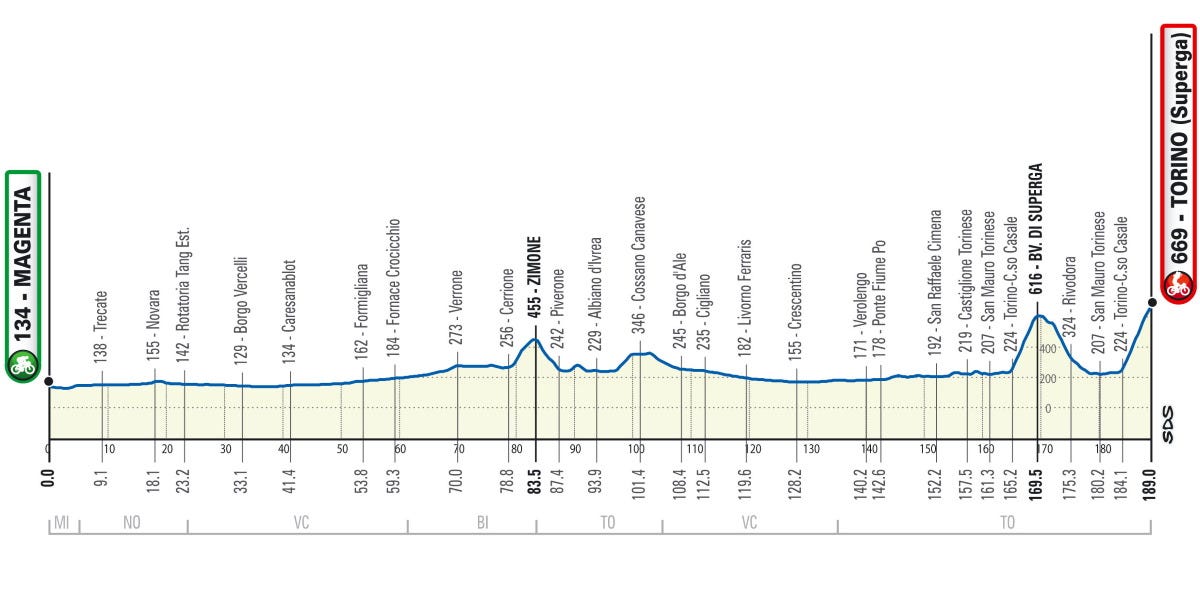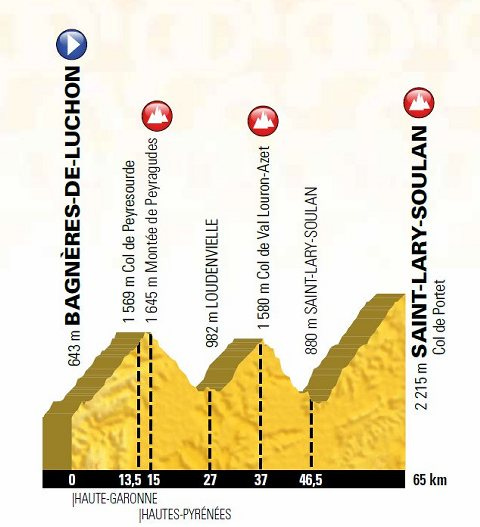28. DON'T USE ONLY KILOJOULES WHEN TESTING DURABILITY

Durability is the ability to decrease as less as possible performance during prolonged exercise. In previous posts, we saw that:
A higher durability is in part related to maintaining carbs availability during prolonged exercise; (Read more here)
Durability is not related to traditional endurance performance marker measured at rested state like VO2max and thresholds’ power. (Read more here)
So, a higher VO2max or FTP does not necessarily mean a higher durability.
A relevant question is: how are we measuring durability?
The most used method is considering the percentage decrease in maximal mean power output for a given duration (e.g. 20min) from fresh state to after completing a certain amount of work. In this context, work is usually expressed as absolute kilojoules (kJ) or kilojoules per body mass (kJ/kg). For example, a rider who has 20 min maximal power outputs of 420 W and 400 W, in a fresh state and after completing 3000 kJ respectively, has a durability score equal to -5% (a lower decrease would mean better durability). 3000 kilojoules is the work benchmark traditionally used to evaluate pro male road cyclists’ durability
But how work is calculated?
Work (kj) = Power Output (W) * Time (s) / 1000;
So, we can easily understand that the same kilojoules (for example 3000 kj) can be reached in very different ways:
longer duration-lower intensity rides, let’s say 4 hours in zone 2 in a 5/7 zones model.
shorter duration-higher intensity rides, let’s say a 2h30 min ride with multiple intervals in zone 4-5.
These two scenarios can correspond to different races with different stage profiles. For example, the scenario 1 can be a 200 km race with crucial climbs only in the last part of the race. Here a final all-out effort is usually preceded by accumulating kilojoules through several hours spent mostly at low intensity (zone 1-2).
On the other hand, scenario 2 can correspond to a short mountain stage with many climbs. In this case, the final decisive effort will be performed after less total duration but with more time spent at high intensity (zone 4-5) compared to scenario A.
When matching kilojoules, do different intensity and duration of the prior work influence durability?
If yes, are the riders more durable in scenario 1 also the more durable in scenario 2, or do different types of durability exist?
A hot off the press study published in 2024 on European Journal of Sport Science. by an applied research team lead by James Spragg (Tudor Pro Cycling Team) tried to answer these questions (1).
Keep reading with a 7-day free trial
Subscribe to Knowledgeiswatt English to keep reading this post and get 7 days of free access to the full post archives.




